

SIMULATION -
Click to expand each objective. To connect to the Azure portal, type https://portal.azure.com in the browser address bar.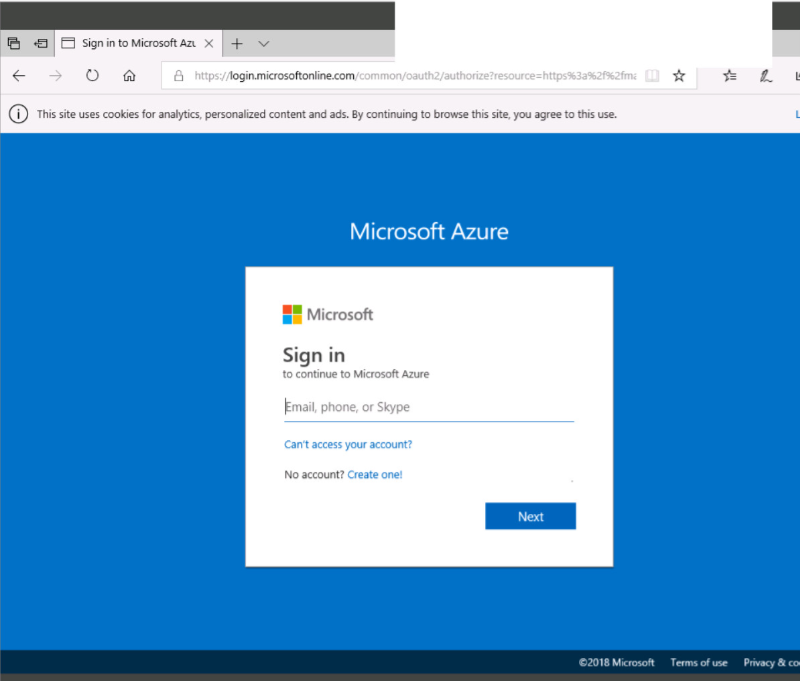
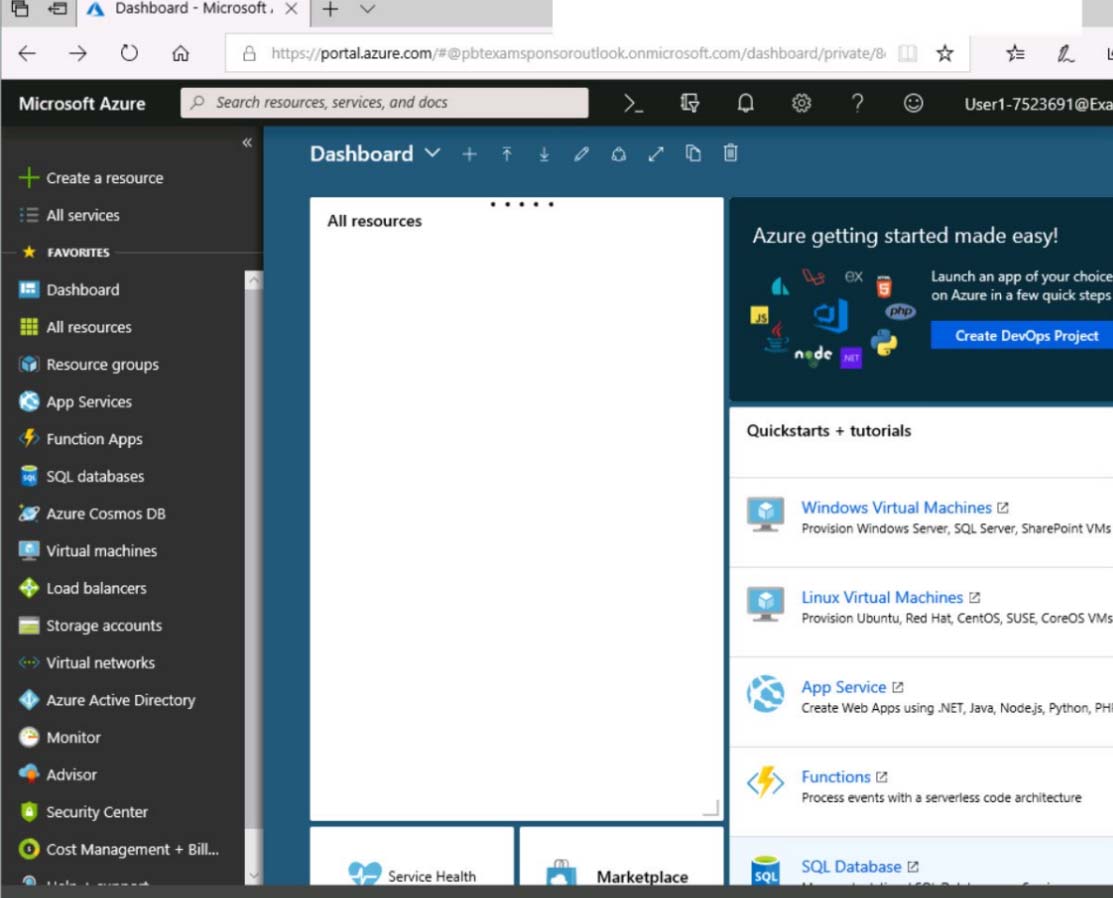
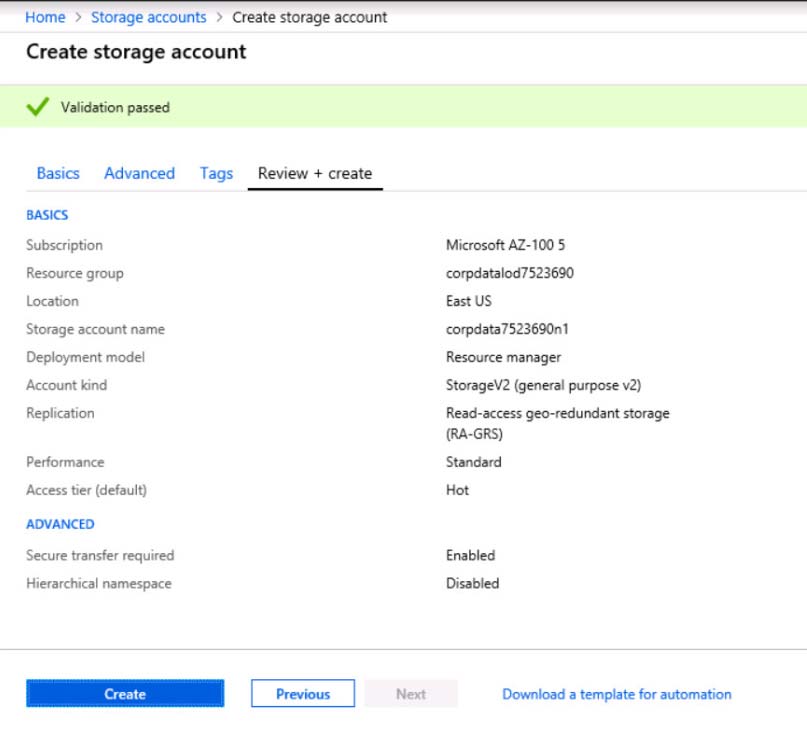
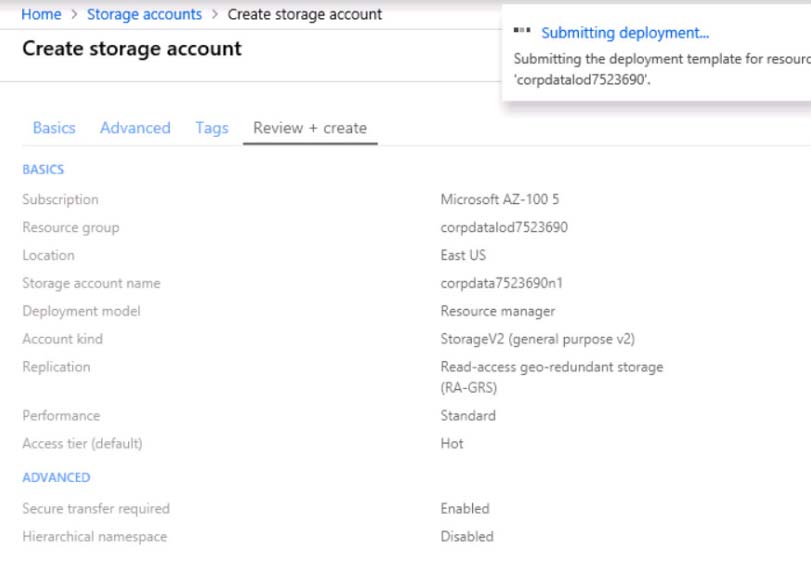
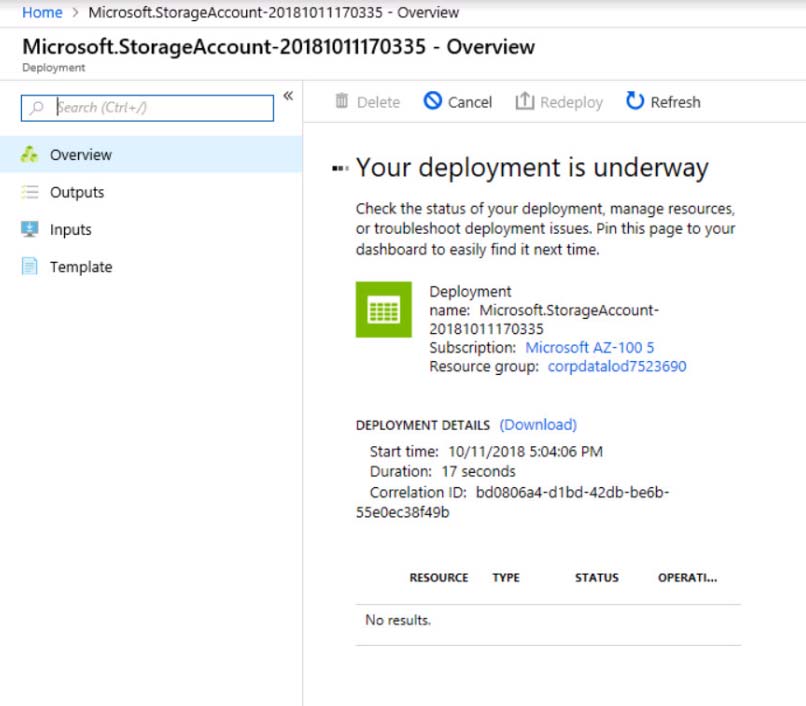
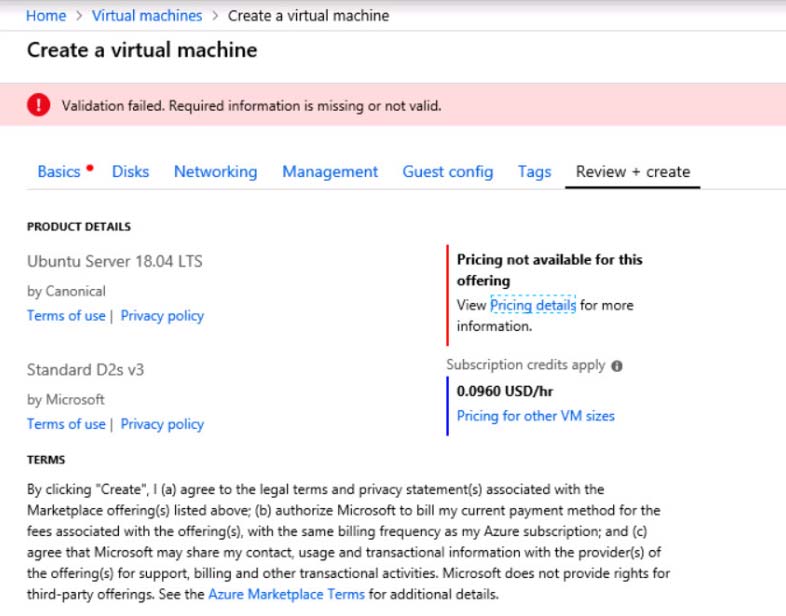
When you are finished performing all the tasks, click the "˜Next' button.
Note that you cannot return to the lab once you click the "˜Next' button. Scoring occur in the background while you complete the rest of the exam.
Overview -
The following section of the exam is a lab. In this section, you will perform a set of tasks in a live environment. While most functionality will be available to you as it would be in a live environment, some functionality (e.g., copy and paste, ability to navigate to external websites) will not be possible by design.
Scoring is based on the outcome of performing the tasks stated in the lab. In other words, it doesn't matter how you accomplish the task, if you successfully perform it, you will earn credit for that task.
Labs are not timed separately, and this exam may have more than one lab that you must complete. You can use as much time as you would like to complete each lab. But, you should manage your time appropriately to ensure that you are able to complete the lab(s) and all other sections of the exam in the time provided.
Please note that once you submit your work by clicking the Next button within a lab, you will NOT be able to return to the lab.
To start the lab -
You may start the lab by clicking the Next button.
You need to deploy an Azure virtual machine named VM1004a based on an Ubuntu Server image, and then to configure VM1004a to meet the following requirements:
- The virtual machines must contain data disks that can store at least 15 TB of data
- The data disk must be able to provide at least 2,000 IOPS
- Storage costs must be minimized
What should you do from the Azure portal?
cloudnoob19
Highly Voted 5 years, 9 months agoMaheshBeeravelli
5 years, 8 months ago[Removed]
5 years, 8 months agoMarcoZ
5 years, 8 months agonabylion
5 years agoSilentH
Highly Voted 5 years, 5 months agoNKnab
5 years, 1 month agors_s
Most Recent 4 years, 10 months agonexus2020
4 years, 10 months agouhclstud
5 years agoHarvard
5 years agoercank
5 years agoArulLivingston
5 years, 2 months agomacco455
4 years, 11 months agokondapaturi
5 years, 2 months agovladex
5 years agomohamadakl
5 years, 2 months agoPatMan
5 years, 2 months agojadi11
5 years, 1 month agohuyhoang8344
5 years, 3 months agoTYT
5 years, 3 months agosatgo
5 years, 3 months agoLoveAZ
5 years, 4 months agomanhattan
5 years, 4 months agoMher
5 years, 5 months agoFailureIsnotAnOption
5 years, 5 months agoVRD13
5 years, 6 months agoEkramy_Elnaggar
5 years, 7 months ago